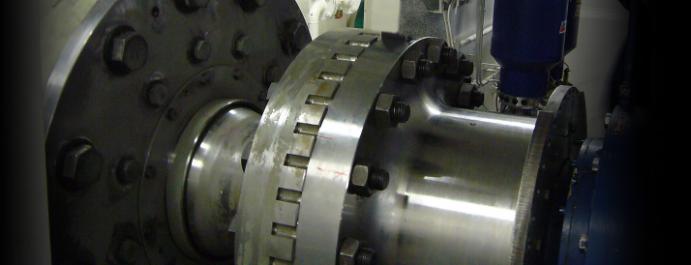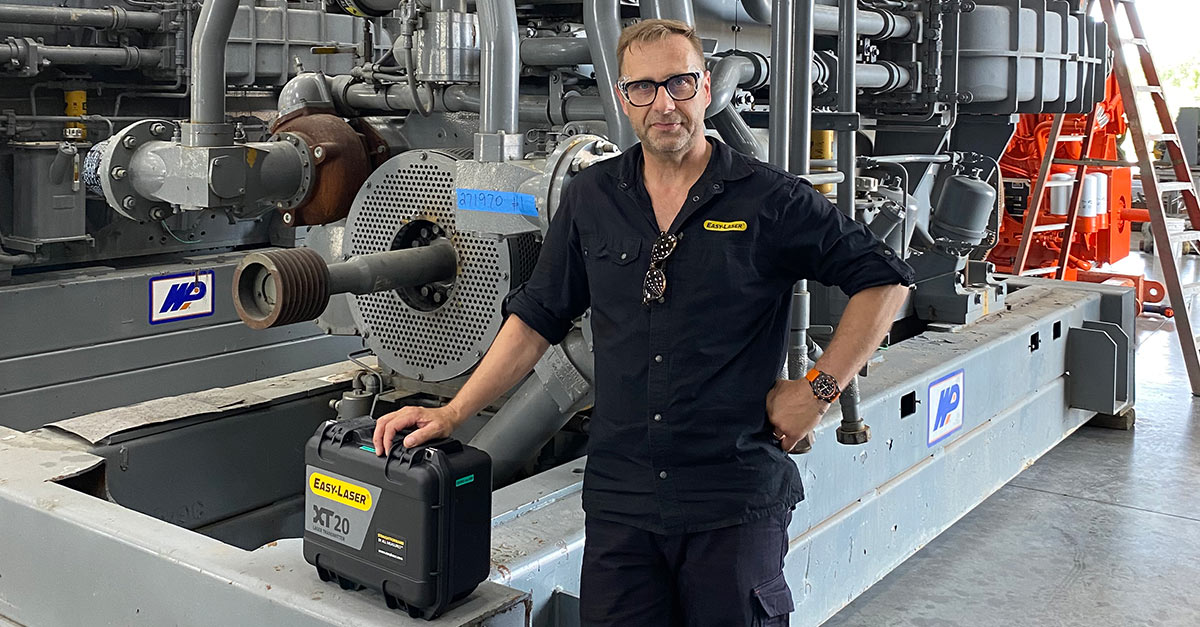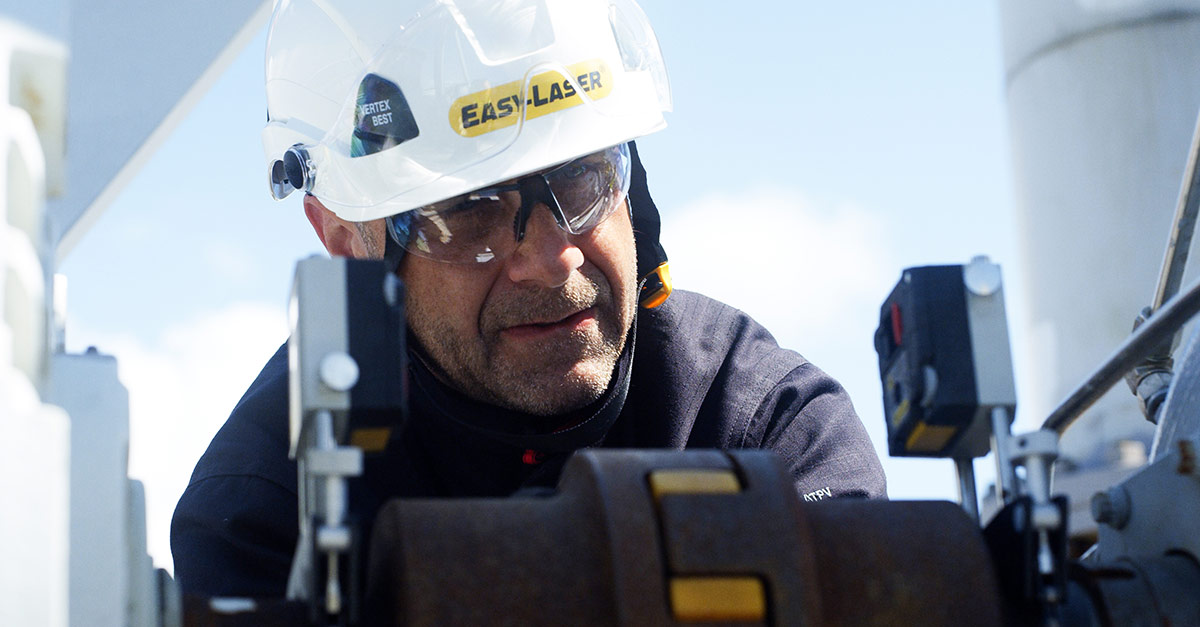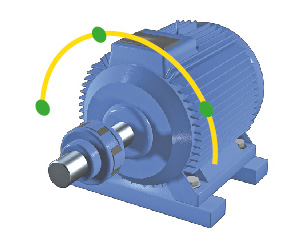
Three measuring points will represent the center of rotation for the shaft.
With basic laser shaft alignment, three readings are used to calculate the result. That means that these three points must perfectly represent the center and axis of the rotation. In most cases this is sufficient, and the possible error negligible. However, in some machines like high speed compressors and turbines, where the tolerances are very small and the measurements must repeat extremely well, a different method will come in handy: Multipoint measurement.
Factors influencing the result
There are many reasons for minor variations in the measuring results. For example vibrations from neighbouring machines, temperature variation and bearing clearances. The direction of measurement has also influence on the result. Piston engines and reciprocating compressors create a slightly oval movement on the outgoing shaft when rotated, and machines resting on damper feet may have unexpected movement during alignment.
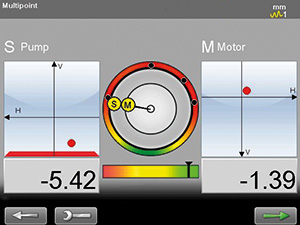
Software guides to best measurement positions.
Since the Multipoint program allows multiple readings to be recorded, we will be able to make, what we very simplified can call an “average”. But it’s not only the number of points that count. The angular position has a great influence on the result. The program guides the user with red and green color to select the positions that will improve the accuracy most.

Multipoint will use the ”average” to calculate the center of rotation.
Limited rotation
In some cases, only a smaller arc can be used for the alignment due to the machine design. Pipework, brakes etc. may limit the rotation. In that case, the measurement becomes more sensitive to fluctuation in the readings. Taking additional measurements will effectively reduce the influence from vibrations etc. Combined with a proper filter level, measurements can be done in almost any condition. The minimum rotation in Multipoint is 40 degrees, same as in the other programs, but with multiple readings within that range, the result quality will be even better.
Non-rotating shafts
Another application for Multipoint is non-rotating shafts. When using sliding brackets, the measurement depends on the surface quality rather than the true rotational axis. That means, every distortion on the surface will reduce the result accuracy. Additional readings spread as much as possible, if accessible all around the shaft, will give a reliable result even in difficult situations.
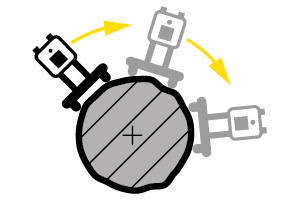
The surface quality will affect the accuracy when measuring on non-rotating shafts.
Turbines
When measuring on a turbine, Multipoint is a must. A 360 degree rotation, if possible, with at least 6–8 measurement points will give a high accuracy. In environments with excessive vibrations, the filter will stabilize the readings. Since the system measures the rotation by itself, the shaft can be rotated to any position and any number of turns before taking next reading. That simplifies a lot in case the shaft has to be rotated with a sling as the shaft may stop rotation anywhere. Make sure that any drag from the sling is removed before taking each reading. The quality of the result can of course also be checked with the built-in analysis feature.
If you haven’t started the Multipoint program yet, I suggest that you give it a try!
Leif Törngren
Technical Supervisor

